In recent years, headlines have been flooded with warnings and promises:
“AI is taking over jobs!”
“Robots are replacing humans!”
“Adapt or become obsolete!”
But here’s a twist you might not have seen coming:
A 2024 TechRadar Pro and Sapio Research survey revealed that 52% of business leaders who replaced workers with AI now say they regret the decision.
Let that sink in. These are not everyday workers guessing about AI’s future. These are C-suite executives and decision-makers, people who actually made the call to automate and more than half of them are now saying, “We made a mistake.”
So, what went wrong? And more importantly, what can we learn from it?
The Rise of AI, And the Rush to Replace
AI isn’t just a buzzword anymore. It’s being used in:
-
Customer service (chatbots, automated emails)
-
Writing and content (generative tools like ChatGPT)
-
Data analysis and coding
-
Supply chain and logistics
-
Recruitment and HR screening
With such widespread use, it’s easy to assume that AI is the futureand that anyone not using it will be left behind. This fear led many companies to act fast. Too fast.
According to the survey, many leaders implemented AI to save costs and boost productivity. But instead of sustainable results, they encountered:
-
Lost expertise when seasoned workers were let go
-
Customer frustration with impersonal AI systems
-
Poor decision-making due to lack of AI training
-
Cultural breakdowns in teams suddenly managed by software
In short: they underestimated what humans bring to the table.
Lessons for Students and Young Job Seekers
If you’re a student or just starting out in your career, you’ve probably been told:
“Learn AI or you’ll get left behind.”
That’s only half the story.
Yes, understanding technology is important. But just as important are skills AI can’t replicate like empathy, creativity, cultural awareness, adaptability, ethical thinking, and team collaboration.
The takeaway?
Being human is still an asset.
In fact, companies that rushed to automate are now rethinking how they use AI not as a replacement, but as a support tool for human workers.
Actionable Tips for Young Talent:
-
Learn how to use AI tools (e.g., ChatGPT, Notion AI) to boost your productivity.
-
Develop “human edge” skills like communication, emotional intelligence, and complex problem-solving.
-
Ask questions in interviews about how companies are integrating AI, look for those with clear, thoughtful strategies.
Remember: the best jobs in the future will go to those who can work with technology, not be replaced by it.
Insights for Educators and Career Advisors
Educators are uniquely positioned to shape how students perceive and prepare for a tech-driven future.
But here’s where it gets tricky: too many career conversations around AI focus on extremes. Either:
-
AI will take over everything, or
-
AI is nothing to worry about.
Neither is true.
The real picture is more complex and more human.
The recent findings about executives regretting AI-led layoffs are a powerful tool for classroom discussion. They show that:
-
Hype often outpaces reality
-
AI integration requires careful planning
-
Human roles still matter, sometimes even more in tech-heavy environments
Talking Points for the Classroom:
-
AI can’t lead teams, build trust, or innovate in the same way humans can.
-
Critical thinking and flexibility are survival skills in the future of work.
-
Employers now want T-shaped talent, people with deep expertise and broad people skills.
Suggested Activity:
Hold a classroom debate or case study discussion around a company that laid off workers for AI, what would your students have done differently?
Reassurance for Parents and Guardians
If you’re a parent watching your child lean into tech, media, or creative industries, you may wonder:
“Will their job still exist in 10 years?”
It’s a valid concern. But here’s the good news:
AI isn’t taking all jobs. In fact, many jobs are evolving, not disappearing.
Even more encouraging: the most forward-thinking companies are realizing the value of people-centered roles. They’re investing more in human talent, not less after their AI-first attempts didn’t pan out.
A few examples:
-
Marketing teams are hiring more strategists and brand storytellers because AI lacks cultural context and emotional nuance.
-
Customer service teams are reintroducing human agents after customer complaints skyrocketed with AI-only systems.
-
Healthcare and education are doubling down on empathy-driven communication.
How You Can Support Your Child:
-
Talk about tech as a tool. not a threat.
-
Encourage your child to build both digital fluency and emotional intelligence.
-
Explore career pathways that blend human and tech strengths (e.g., UX design, digital storytelling, AI ethics, tech-enabled mental health support).
The future isn’t binary. It’s blended.
For Employers and Industry Professionals, Time to Rethink
If you’re an employer who’s considering automation or already experimenting with AI, here’s the key takeaway from the 52% regret stat:
AI adoption without a human strategy is a risk, not a solution.
It’s tempting to cut costs through automation. But hasty decisions often lead to:
-
Knowledge loss
-
Poor morale
-
Higher attrition
-
Brand damage
What the Best Companies Are Doing:
-
Combining AI tools with training programs for existing staff
-
Assigning AI responsibility leads who manage tool ethics, impact, and updates
-
Building cross-functional teams with both AI engineers and behavioral experts
-
Measuring customer satisfaction and team trust, not just output
As Oliver Shaw, CEO of Orgvue,
“We’re facing the worst global skills shortage in a generation and dismissing employees without a clear plan for workforce transformation is reckless.”
Let that sink in.
Purposeful AI Adoption, What It Really Looks Like
If the future of work is “AI + human,” how do we get it right?
The companies, schools, and professionals that succeed will focus on balance not replacement.
Here’s what purposeful AI adoption looks like:
| Instead of… | Try This… |
|---|---|
| Replacing entire teams with chatbots | Use AI to support staff, automate only repetitive tasks |
| Removing human input from hiring | Use AI for pre-screening, but keep people involved in interviews and decisions |
| Making decisions based on hype | Create AI ethics boards, conduct role audits, and train managers before rollout |
| Ignoring the emotional impact | Communicate transparently, involve employees, and offer reskilling |
AI Isn’t the Villain, Poor Planning Is
AI is a tool. It can be brilliant. But like any tool, it needs the right context, timing, and purpose.
The fact that more than half of executives now regret their AI-based layoffs isn’t a sign that AI is bad, it’s a sign that humans still matter, and that smart, balanced thinking wins over fast fixes.
So if you’re a student: Don’t be afraid. Stay curious, stay human.
If you’re an educator: Keep the conversation real. Your guidance is vital.
If you’re a parent: Support your child’s growth in both soft and hard skills.
If you’re an employer: Build forward, not fast. Think people-first, always.
Together, we can shape a future of work that values both intelligence and humanity.
